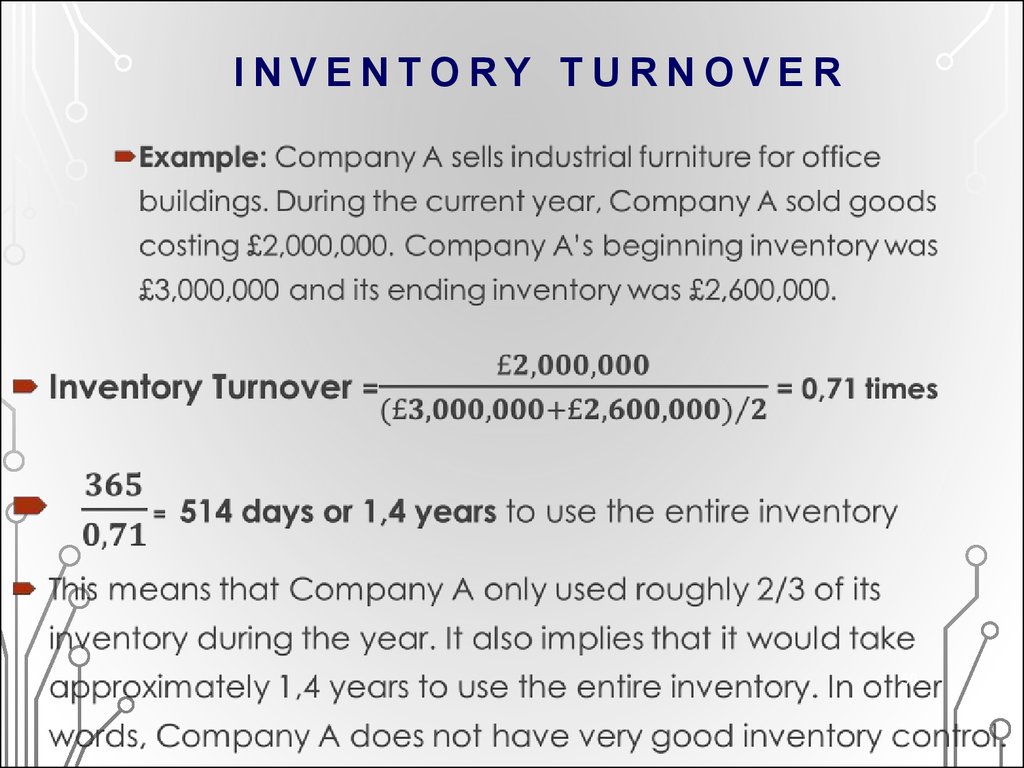

It projects your profit based on your current turnover.

After all, you cannot assess your profit without first accounting for your sales.
It helps you prepare an income statement. Understanding profit and turnover in business comes in handy on many occasions: This is why we call net profit a business's "bottom line." It also represents the end of the financial assessment. Net profit, meanwhile, is on the bottom line of the statement. It is the starting point of the financial assessment. Net sales is usually the sales figure you list on the top line of an income statement. Still fuzzy on these two terms? The easiest way to tell turnover and profit apart is to look at an income statement. You can also view it as the money your business gets to keep after reducing the net sales figures by all expenses. But turnover measures them before taking out major costs. What's the difference between turnover and profit?īoth profit and turnover in business measure earnings. Net Profit: This is operating profit less taxes and interest from loans. Example expenses include rent or utilities. Operating expenses keep a business running day-to-day. Operating Profit: This is gross profit less operating expenses. Examples include direct material, labor and shipping costs. COGS expenses are those that go into the production of goods or services for the business. Gross Profit: This is sales less the cost of goods (COGS) sold. But the specific expenses you should subtract depend on the type of profit you want to calculate. You can calculate it by subtracting expenses from sales. 
Profit is how much money a business pockets after the costs of doing business. But your gross and net sales figures may be the same if you made no allowances, discounts or refunds. Net sales, then, give you a better idea of the quality of sales transactions than gross sales. This is because refunds, discounts and allowances for damaged goods eat into sales. Net sales is sales after any allowances, discounts and returns. The sales can take the form of cash, debit card or credit card transactions.īut usually, turnover refers to net sales. Accounting turnover is how much a business makes in sales during a period in the form of cash, debit, or credit card transactions.īut turnover in accounting is how much a business makes in sales during a period. It can also refer to the rate at which employees leave. What is turnover in business?īusiness turnover is the rate at which inventory or assets sell or exceed their useful life. But what exactly does he mean? And how do you use this information to boost business?Īhead, we break down the difference between turnover and profit in business. Your accountant tells you that turnover is low and your profit is shrinking.







 0 kommentar(er)
0 kommentar(er)
